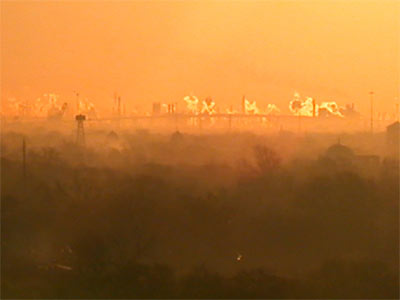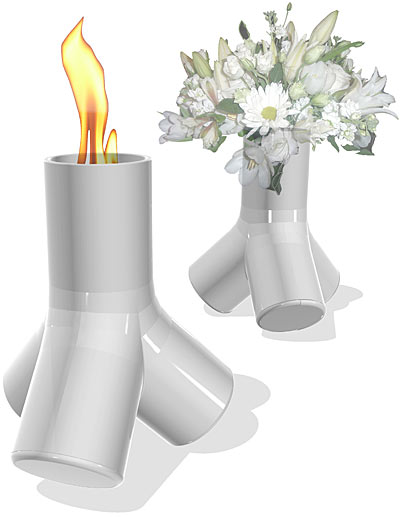
That proposed underground pipeline linking Houston to the luscious bounty of Canadian strip-mined tar sands will sneak into Houston from the east, and won’t even make it inside Beltway 8, according to this map released by the State Department. The line is scheduled to carry up to 500,000 barrels a day of crude oil to Texas alone — probably more than 8 times as much oil as the successors to the Deepwater Horizon are currently delivering directly to the Gulf of Mexico.
TransCanada plans to stitch the pipeline over the Ogallala Aquifer, which supplies water to part of Texas and much of the Midwest.
The pipeline also would cross more than 30 rivers and streams in Texas and could run underneath the Big Thicket National Preserve, said environmentalists and landowners.
Texas and Oklahoma portions of the 2,000-mile-long Keystone XL pipeline are still under review; this Friday is the deadline for public comment on the draft environmental impact statement released in April.
[TransCanada VP Robert Jones] defended the project, saying pipelines are the safest way to transport oil. The company will use pipe that has been employed safely in Canada for years and bury it 4 feet deep, he said.
Jones also downplayed concerns about Houston’s air quality, saying the Canadian crude is replacing oil from other sources and has not led to changes in the refineries’ pollution permits.
But [Matthew] Tejada, of Air Alliance Houston, found fault with TransCanada’s position. He said the tar-sands crude when refined will emit higher levels of sulfur dioxide, nitrogen oxides and particulate matter into the air than conventional oil.
- Proposed oil pipeline to Texas raises worries [Houston Chronicle]
- Keystone Pipeline Project [TransCanada]



